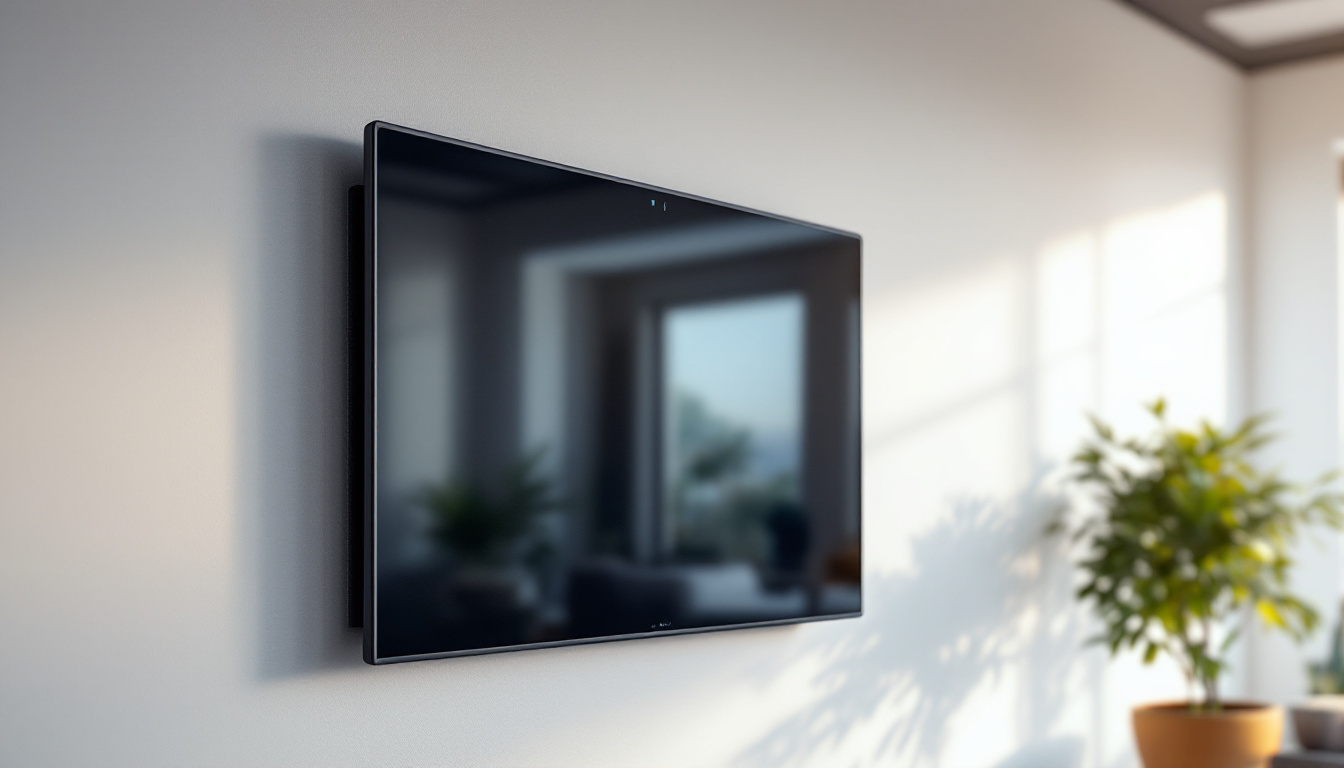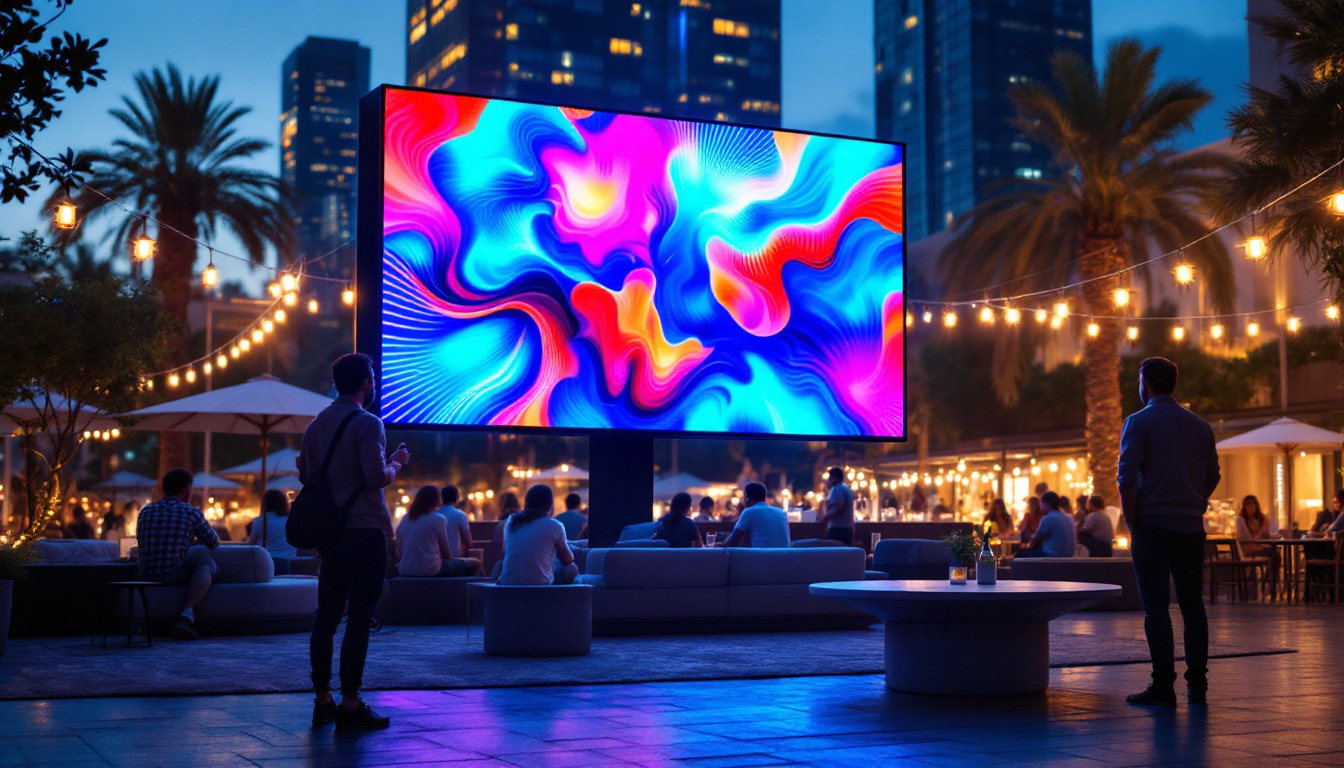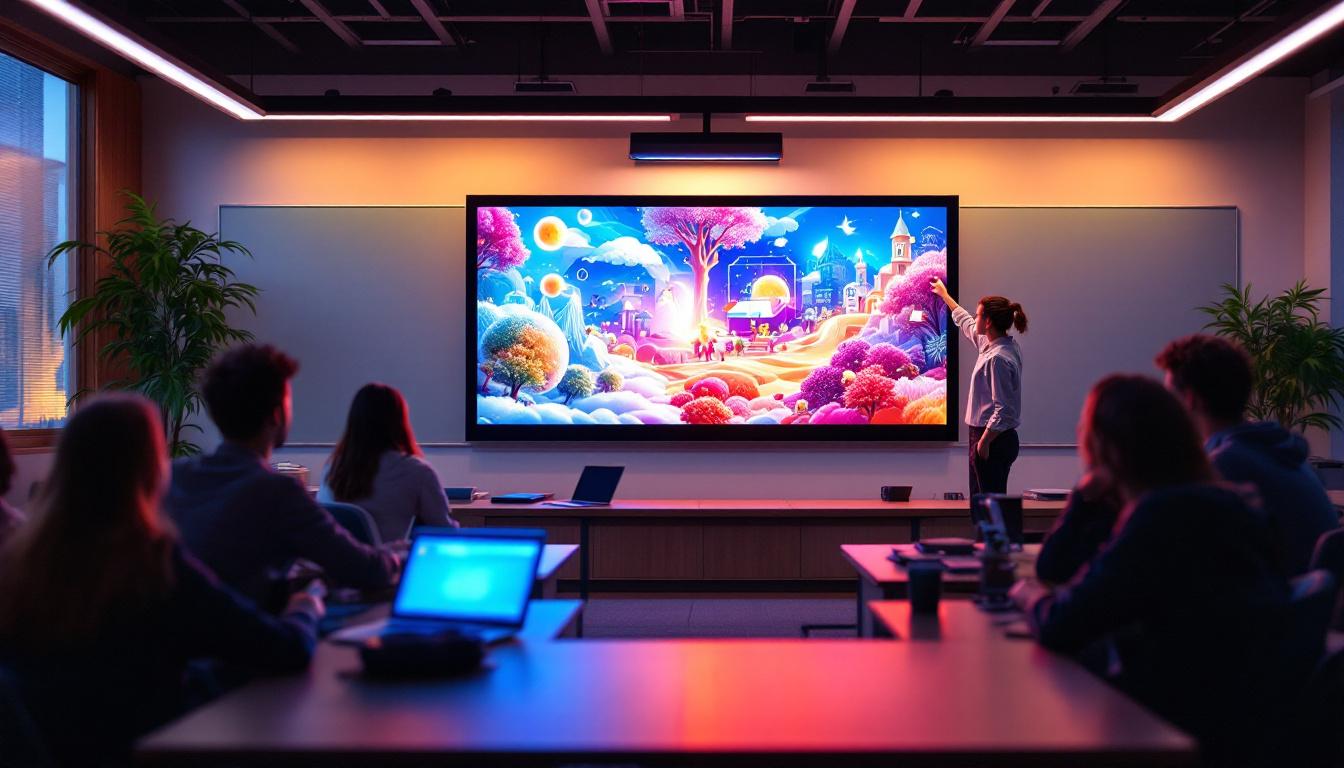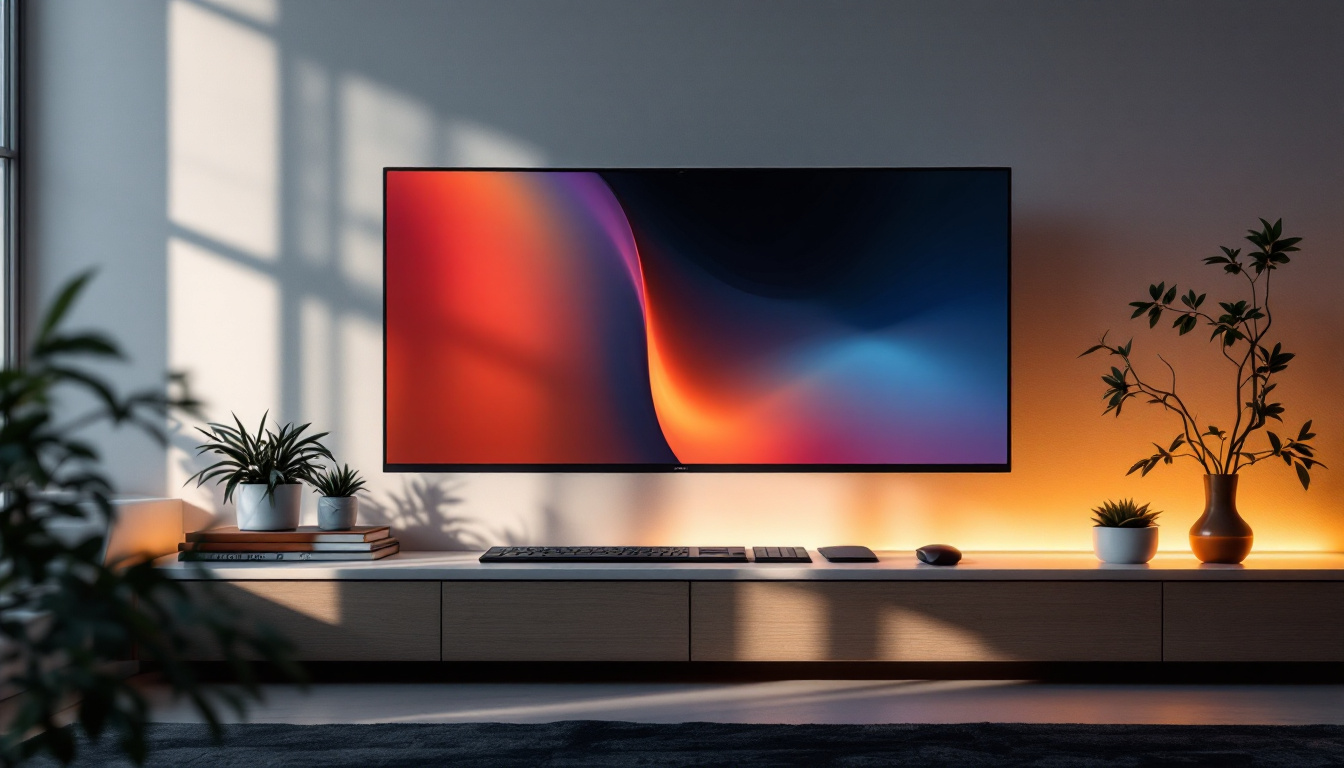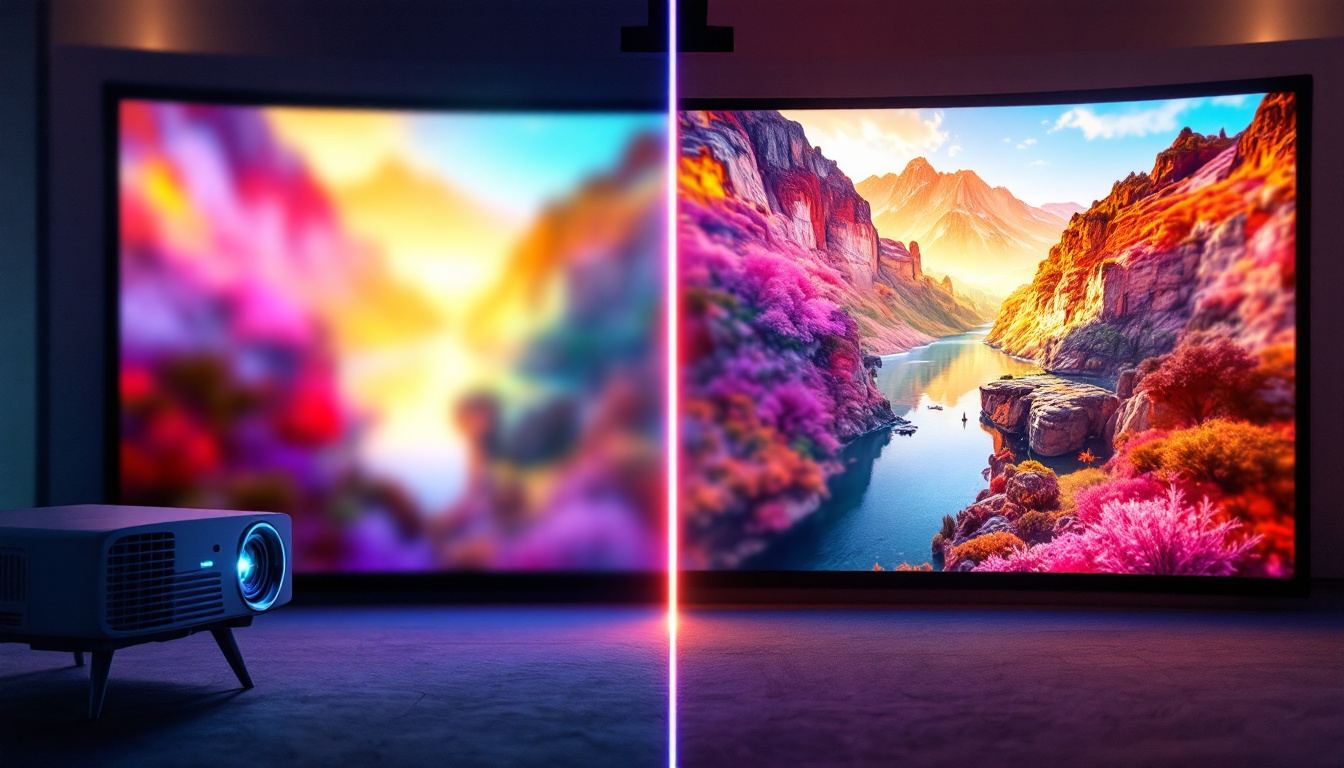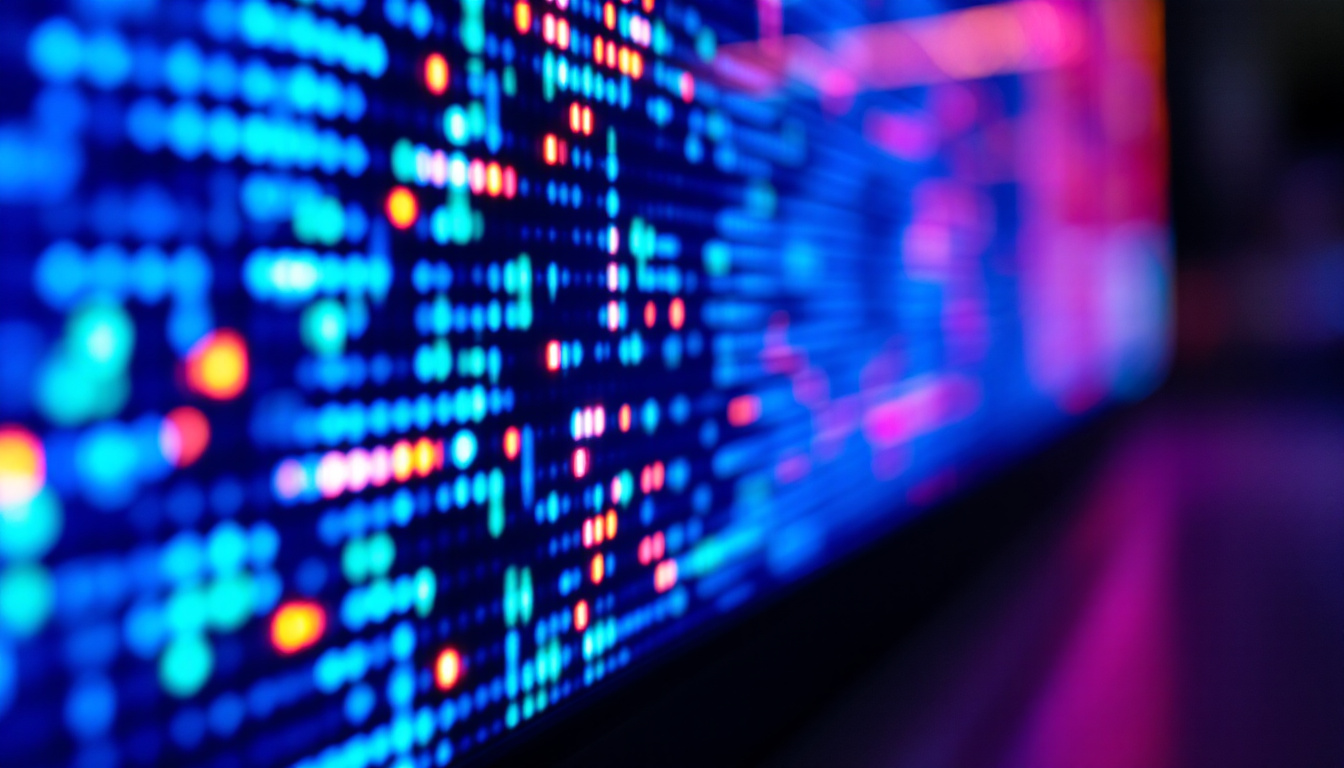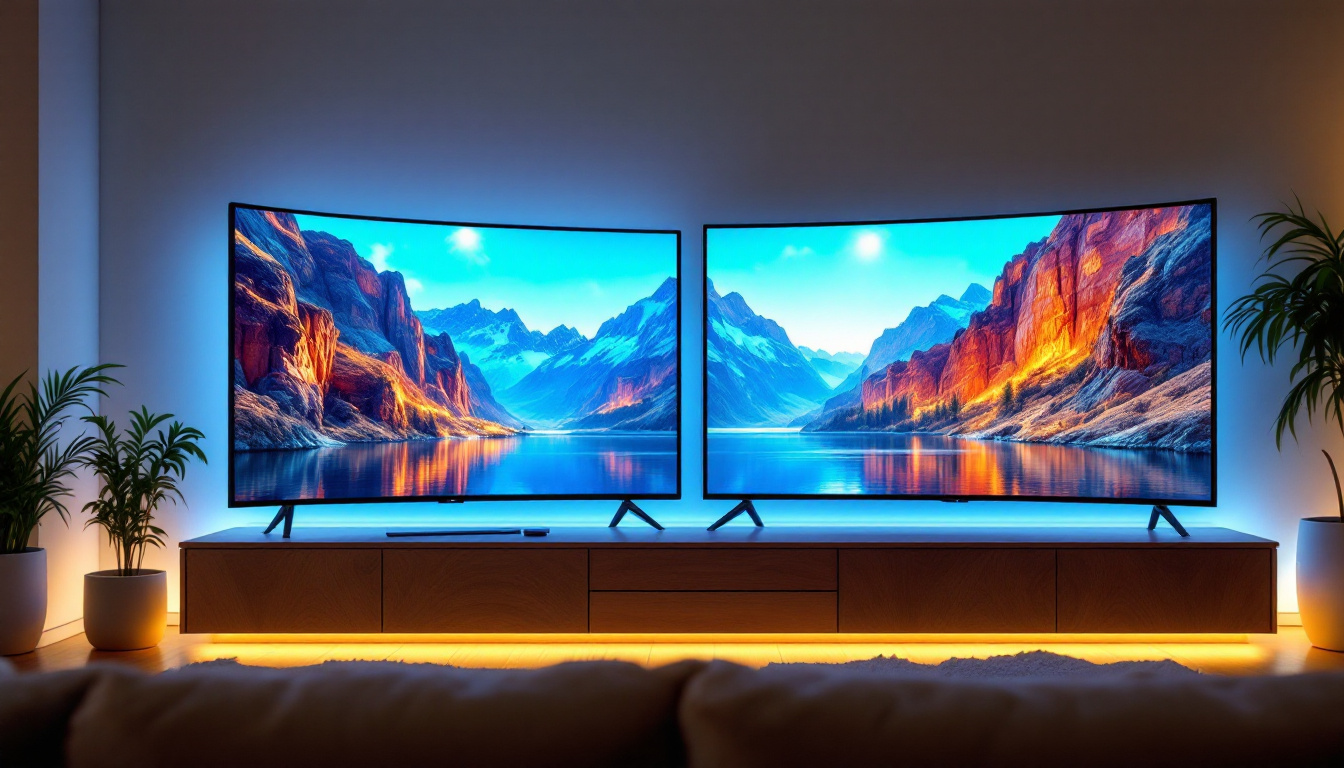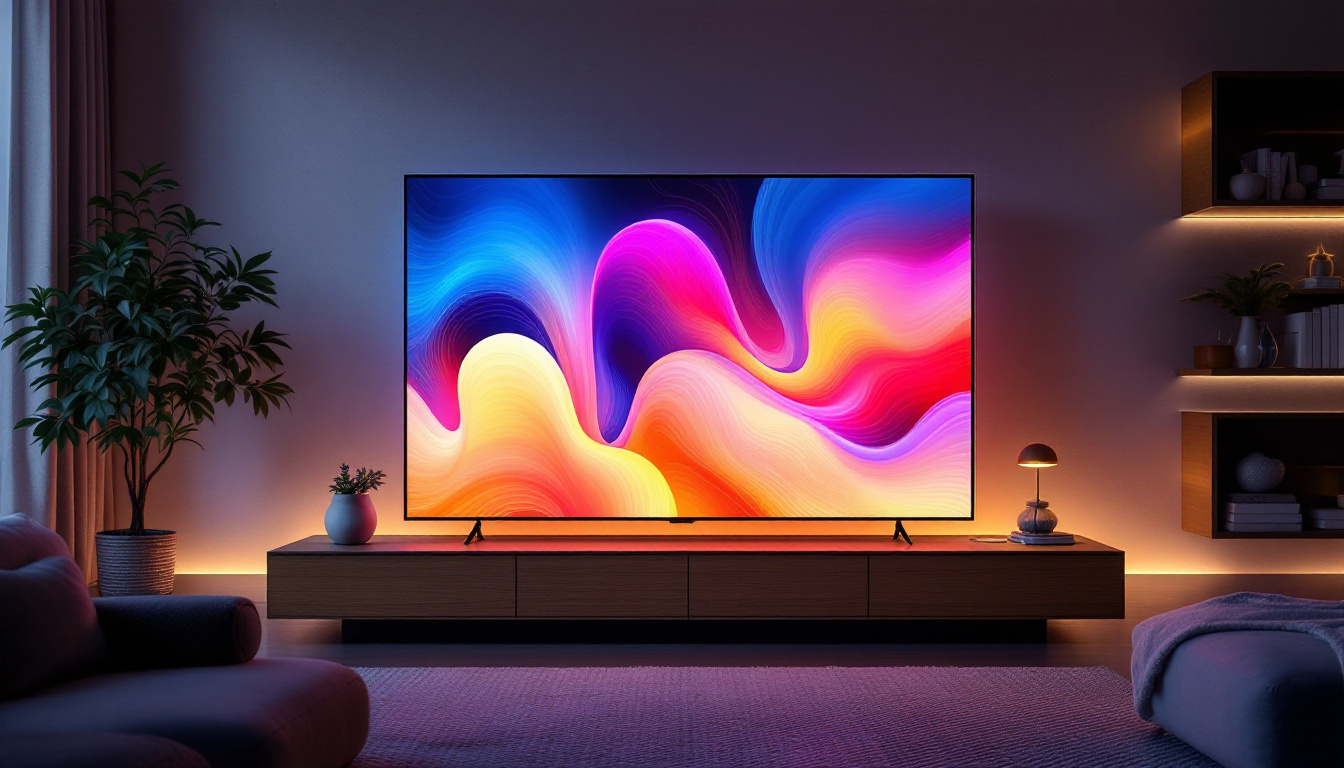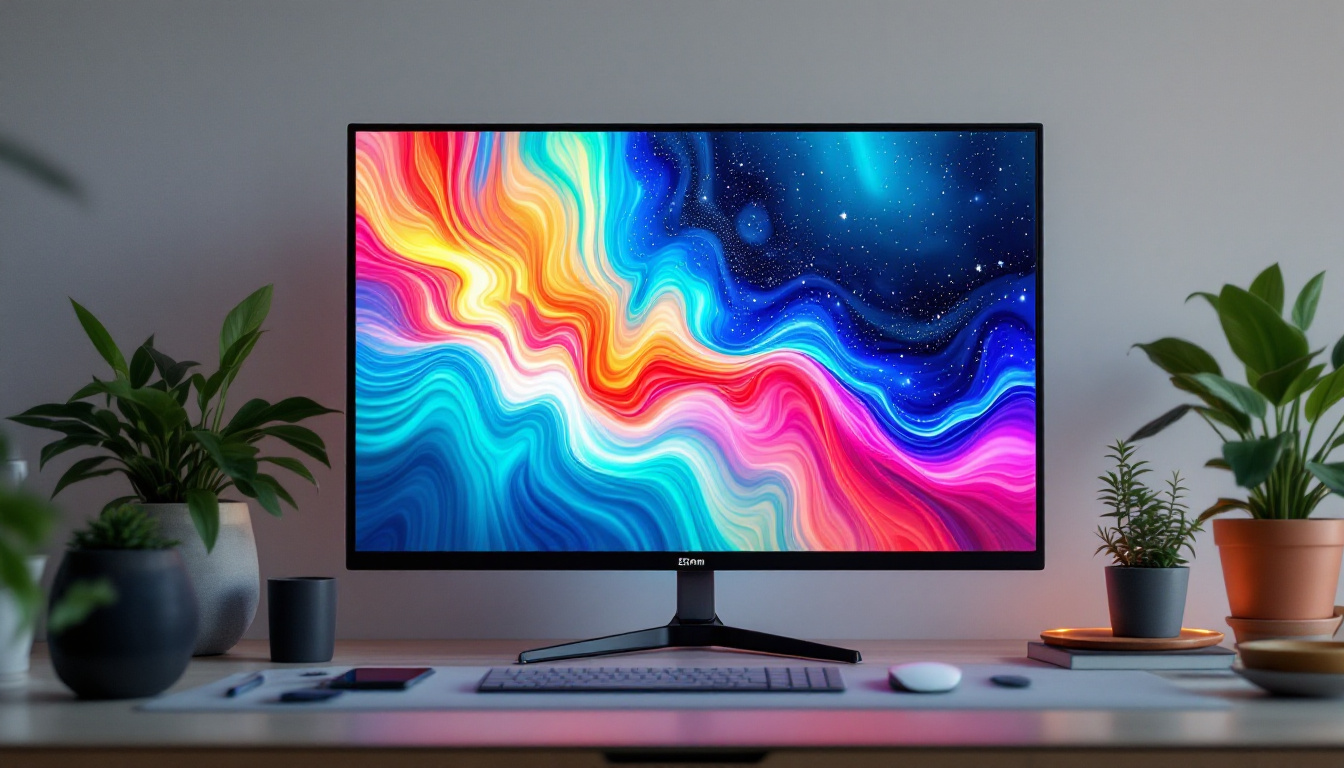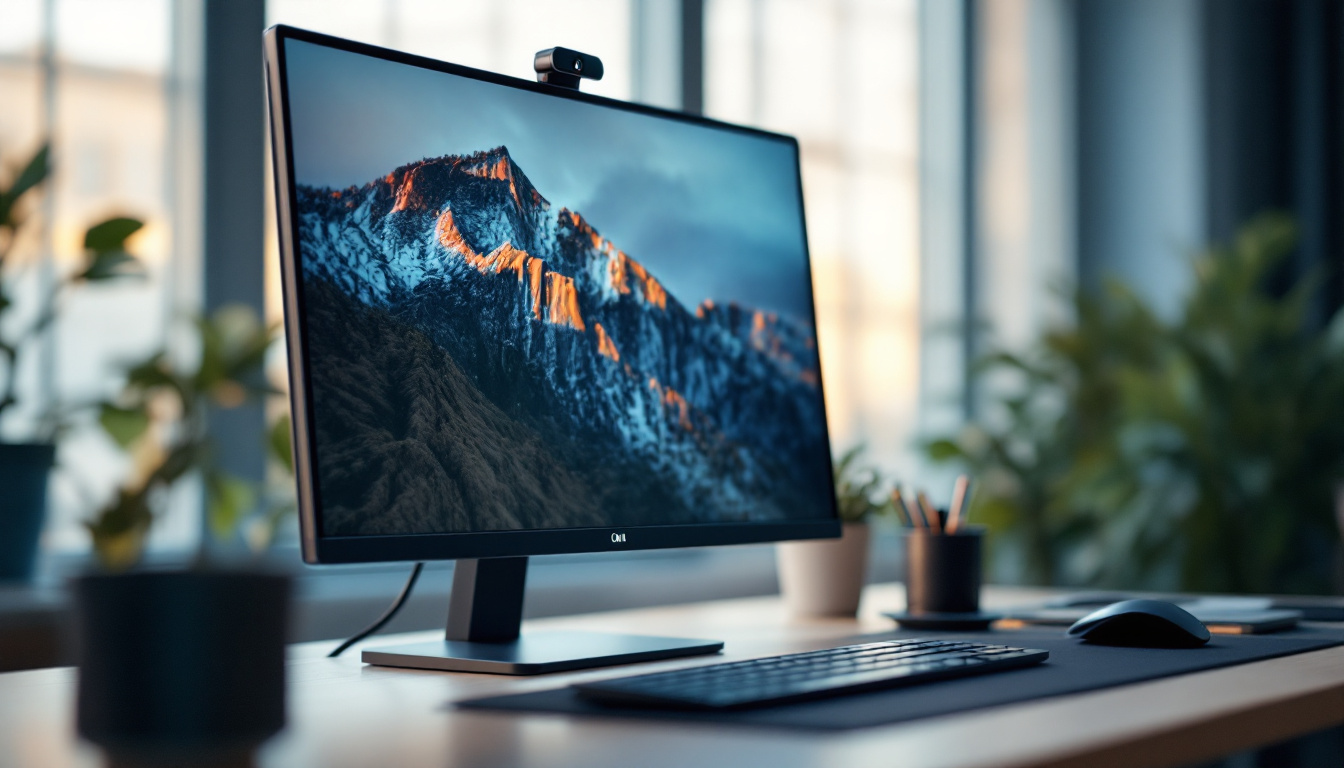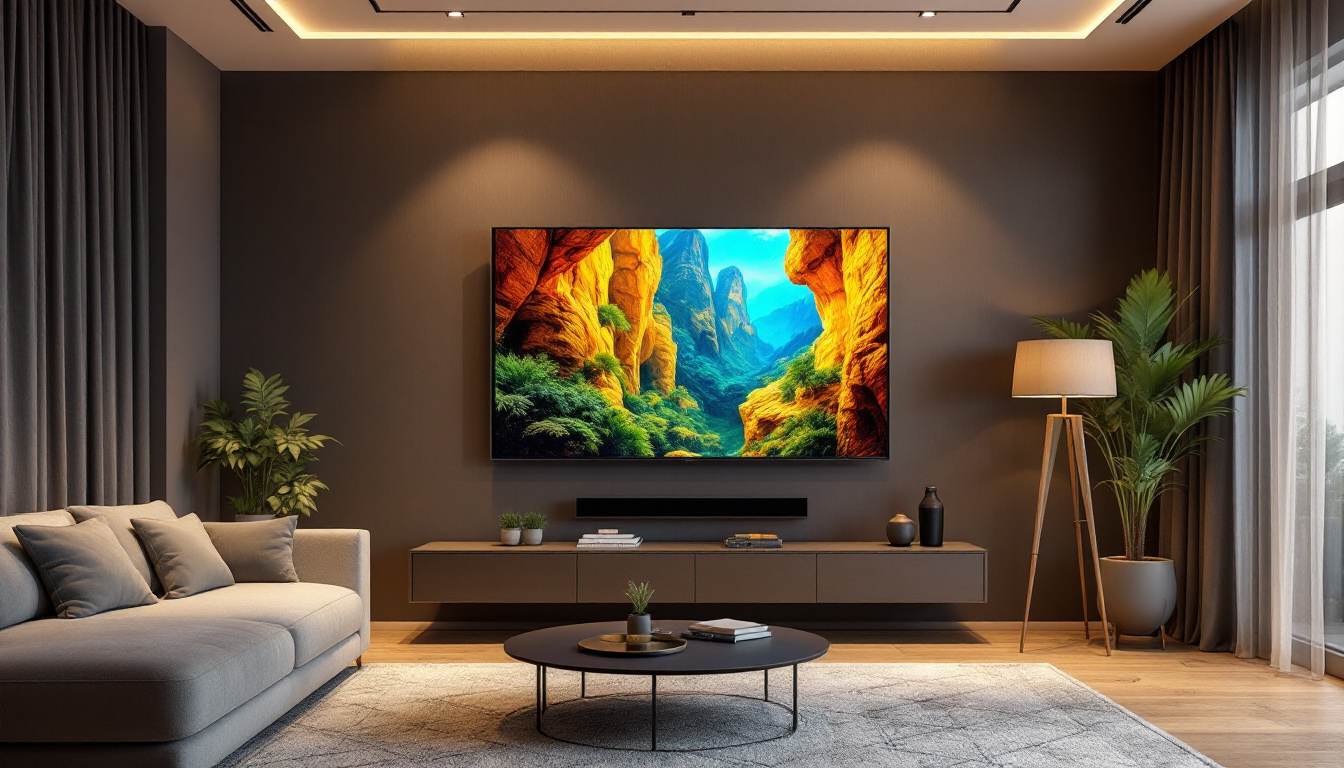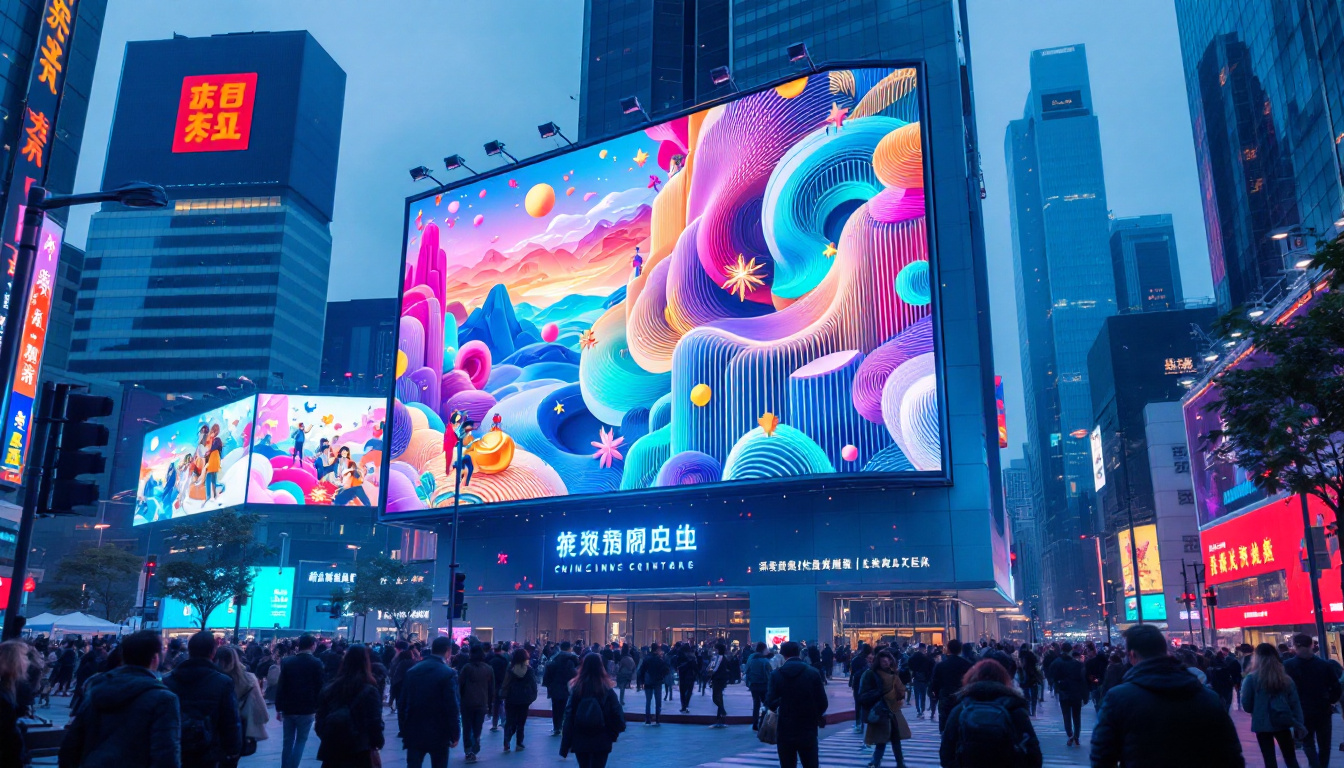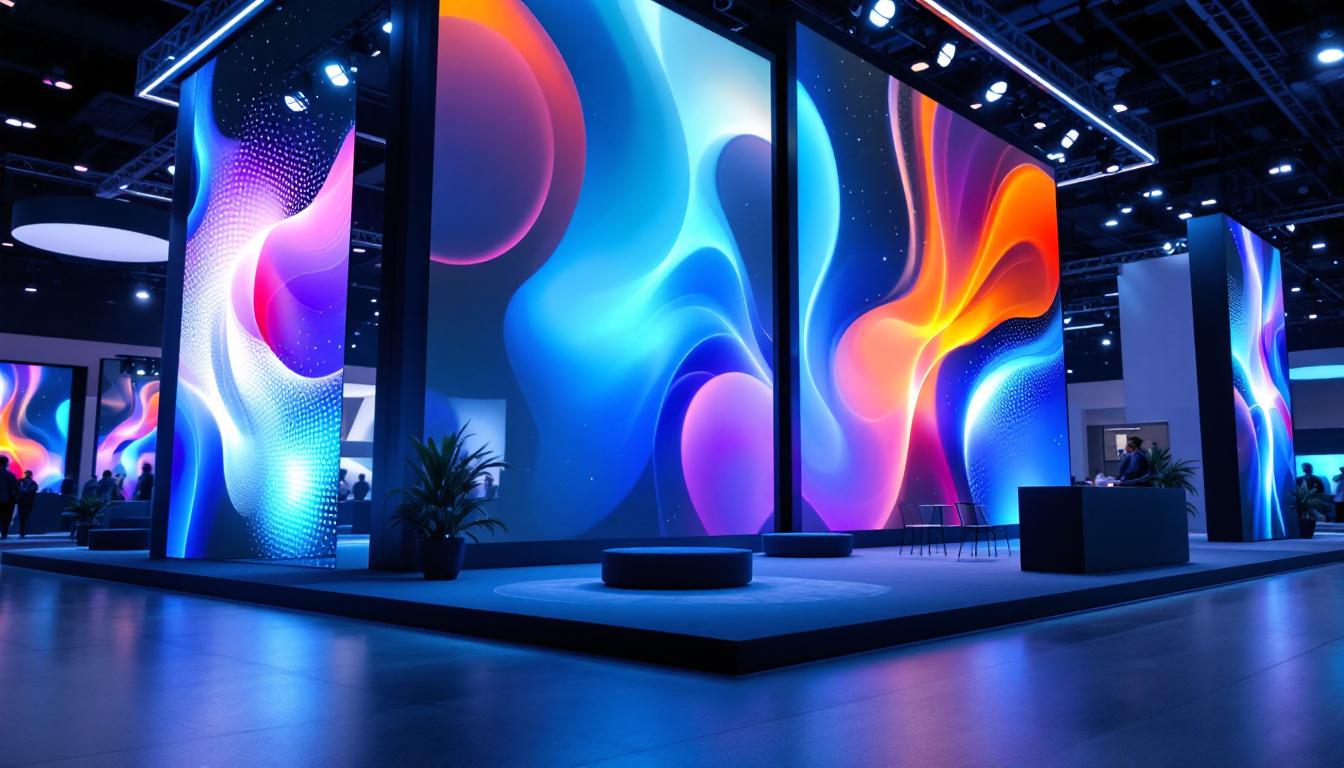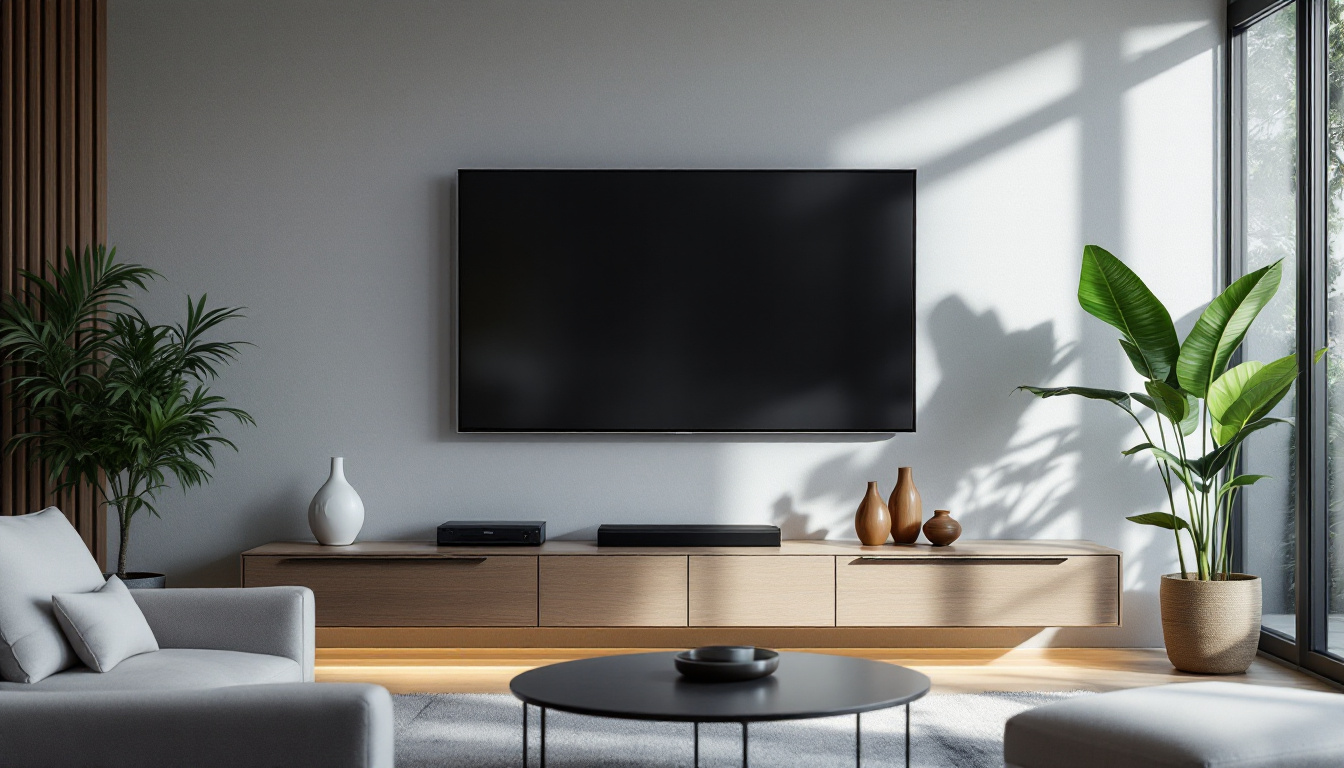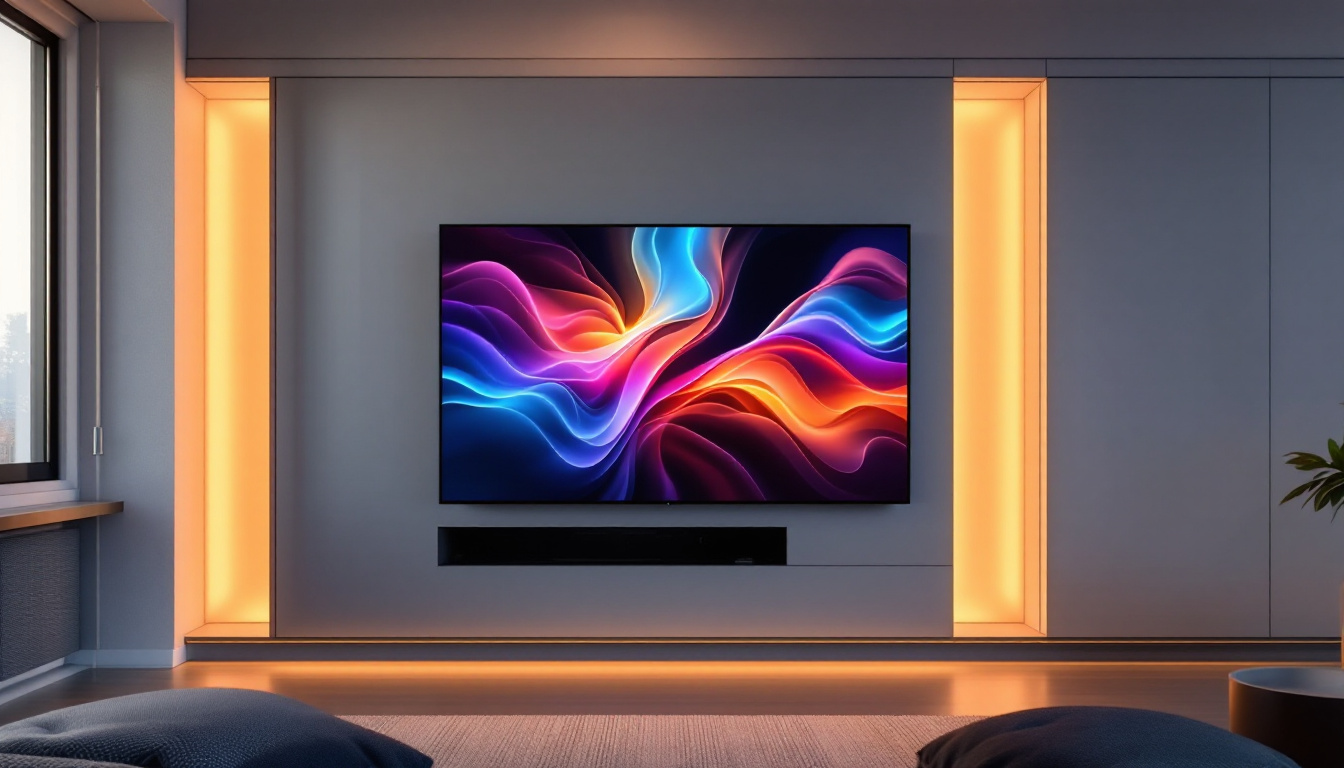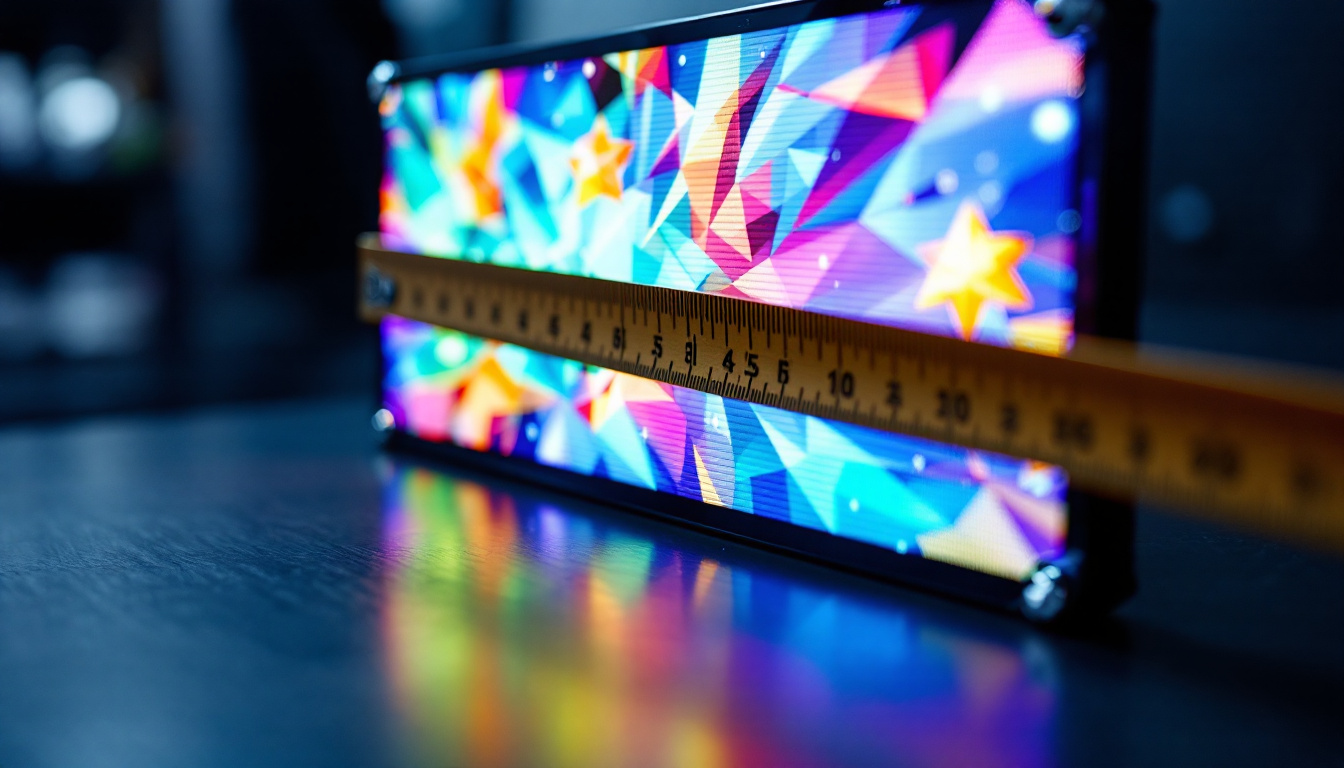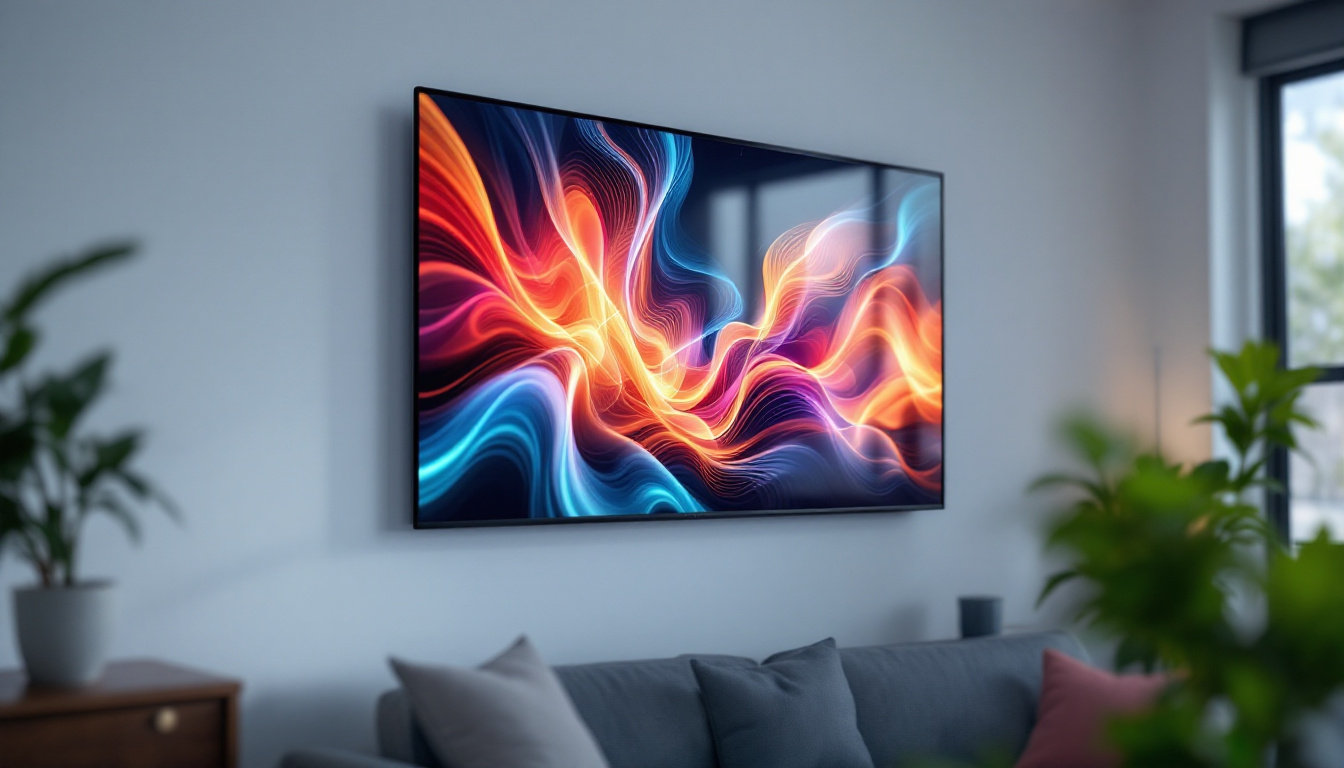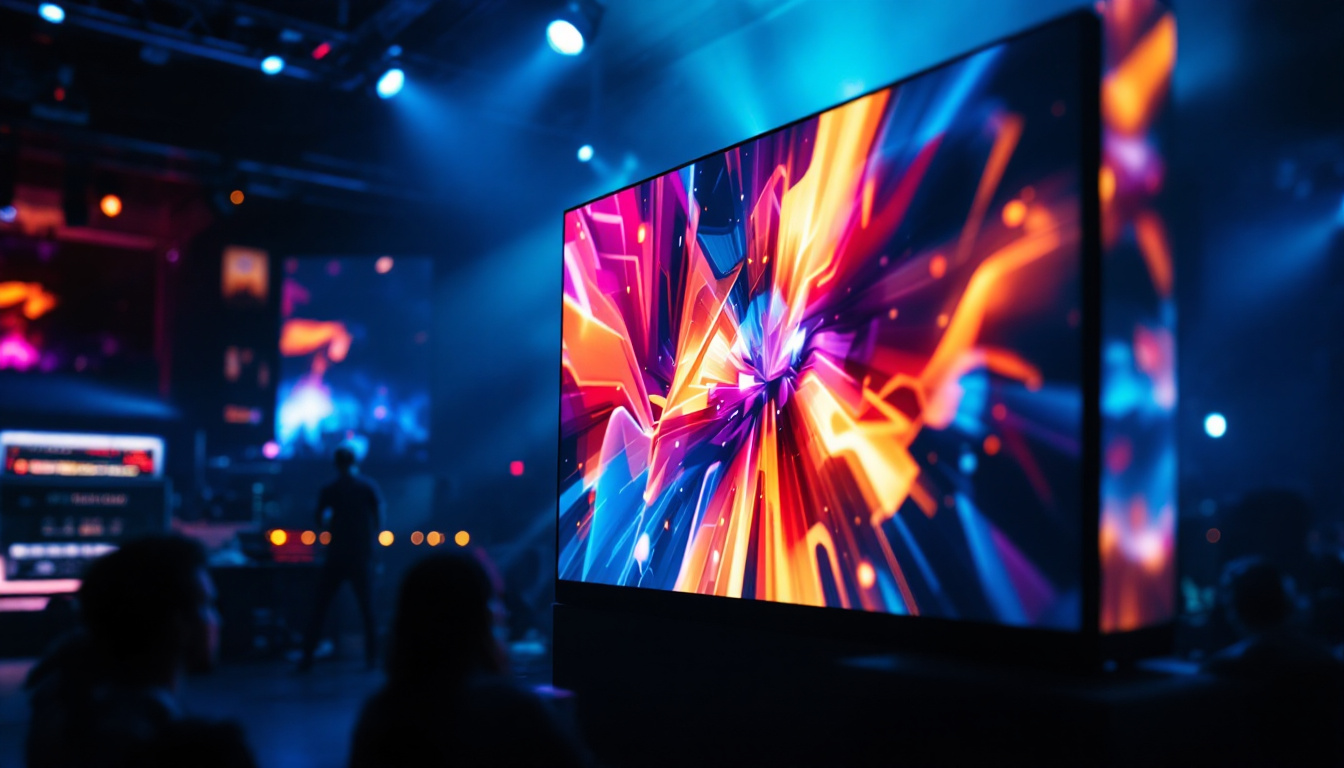In today’s digital age, touch screen monitors have become an integral part of various industries, including retail, education, and healthcare. Their versatility and user-friendly interface make them an ideal choice for interactive displays. This article delves into the world of wall-mountable touch screen monitors, particularly focusing on LED displays, their benefits, and how they can enhance user experience.
Understanding Touch Screen Technology
Touch screen technology has evolved significantly over the years, transitioning from resistive to capacitive screens. Each type offers unique features and benefits, making them suitable for different applications. As technology continues to advance, we see the emergence of even more sophisticated touch screen variants, such as optical and infrared touch screens, which further enhance user interaction and experience.
Resistive Touch Screens
Resistive touch screens operate by detecting pressure applied to the screen surface. They consist of two flexible layers separated by a small gap. When pressure is applied, the layers make contact, registering the touch. This technology is known for its durability and can be operated with any object, including fingers, styluses, or gloves. However, it may not provide the same level of clarity and responsiveness as capacitive screens. Additionally, resistive screens are often more affordable, making them a popular choice for applications where cost is a significant factor, such as in industrial settings or older electronic devices. Their ability to function in harsh environments, including exposure to dust and moisture, further solidifies their role in specialized applications.
Capacitive Touch Screens
Capacitive touch screens, on the other hand, use the electrical properties of the human body to detect touch. These screens are more sensitive and offer a clearer display, making them ideal for high-resolution applications. They support multi-touch gestures, allowing users to perform complex commands with ease. This technology is commonly used in smartphones and tablets, as well as in modern touch screen monitors. The integration of capacitive technology has also led to innovations in user interface design, enabling features such as pinch-to-zoom and swiping, which have transformed how users interact with devices. Furthermore, advancements in capacitive touch technology have led to the development of edge-to-edge screens, enhancing the aesthetic appeal of devices while maximizing screen real estate. As a result, capacitive screens are becoming increasingly prevalent in everyday consumer electronics, pushing the boundaries of what is possible in user interaction.
The Advantages of Wall-Mountable Touch Screen Monitors
Wall-mountable touch screen monitors offer a range of advantages that make them an attractive option for various settings. Their space-saving design and aesthetic appeal are just the beginning.
Space Efficiency
One of the most significant benefits of wall-mountable touch screen monitors is their ability to save space. By mounting the monitor on a wall, businesses can free up valuable desk or floor space, creating a more organized and efficient environment. This is particularly beneficial in smaller offices or retail spaces where every square foot counts. Additionally, wall-mounted monitors can be strategically placed to optimize workflow, allowing employees to access information without cluttering their workstations. This not only enhances productivity but also contributes to a cleaner, more professional appearance in the workplace.
Enhanced Visibility
Wall-mounted displays can be positioned at eye level, ensuring optimal visibility for users. This is especially important in environments like retail stores or trade shows, where attracting attention is crucial. A well-placed touch screen monitor can draw customers in and encourage interaction, ultimately leading to increased engagement and sales. Moreover, the ability to display dynamic content such as promotions, product information, or interactive maps can significantly enhance the customer experience, making it easier for them to find what they need. The visual impact of a large, vibrant screen can also create a more inviting atmosphere, encouraging customers to linger longer and explore more options.
Improved User Experience
Touch screen monitors provide a more interactive experience compared to traditional displays. Users can engage directly with content, making it easier to navigate information, place orders, or access services. This hands-on approach can significantly enhance user satisfaction, leading to better customer retention and loyalty. Furthermore, the intuitive nature of touch screen interfaces can reduce the learning curve for new users, allowing them to quickly adapt to the technology without extensive training. This is particularly advantageous in environments such as educational institutions or public information kiosks, where users may vary widely in their tech-savviness. By facilitating a seamless interaction, wall-mountable touch screen monitors not only streamline processes but also foster a sense of empowerment among users, encouraging them to explore and utilize available resources more effectively.
Key Features of LED Touch Screen Monitors
LED technology has revolutionized the way displays are designed and used. When combined with touch screen capabilities, LED monitors offer a host of features that enhance performance and usability.
High Resolution and Clarity
LED displays are known for their high resolution and vibrant colors, which contribute to an engaging visual experience. The clarity of the images and text displayed on an LED touch screen monitor ensures that users can read and interact with content without strain. This is particularly important in environments where information needs to be conveyed quickly and effectively. The sharpness of the display not only improves user interaction but also enhances presentations, making them more impactful in settings such as classrooms, conference rooms, and retail environments. As a result, users can enjoy a more immersive experience, whether they’re browsing the web, playing games, or engaging in professional tasks.
Energy Efficiency
LED technology is also more energy-efficient compared to traditional LCD displays. This not only reduces operational costs but also contributes to a more sustainable environment. Businesses can benefit from lower energy bills while showcasing their commitment to eco-friendly practices. Furthermore, the reduced heat output of LED monitors means that they can operate cooler, which can lead to less strain on air conditioning systems in commercial spaces. This dual benefit of energy savings and improved thermal management makes LED touch screen monitors an attractive option for organizations looking to optimize their energy consumption while maintaining a comfortable environment for employees and customers alike.
Durability and Longevity
LED touch screen monitors are built to last. They are resistant to wear and tear, making them suitable for high-traffic areas. Additionally, LED displays have a longer lifespan compared to other types of screens, reducing the need for frequent replacements and maintenance costs. The robust design often includes features such as scratch-resistant glass and protective coatings that further enhance durability, making them ideal for use in public kiosks, educational institutions, and industrial settings. This resilience not only ensures that the monitors maintain their aesthetic appeal over time but also supports a seamless user experience, as users can rely on the technology to perform consistently under various conditions. Moreover, many LED touch screen monitors come equipped with advanced features like anti-glare surfaces, which improve visibility in bright environments, ensuring that users can interact with the screen comfortably, regardless of external lighting conditions.
Applications of Wall-Mountable Touch Screen Monitors
The versatility of wall-mountable touch screen monitors makes them suitable for a wide range of applications across different industries.
Retail Environments
In retail, touch screen monitors can serve as interactive kiosks, allowing customers to browse products, check prices, and even place orders. This self-service approach can streamline operations and enhance the shopping experience. Additionally, retailers can use these displays for digital signage, promoting sales and new products effectively.
Education Settings
In educational institutions, wall-mounted touch screen monitors can facilitate interactive learning. Teachers can use these displays to present lessons, engage students in discussions, and showcase multimedia content. The ability to annotate directly on the screen allows for a more dynamic and participatory classroom environment.
Healthcare Facilities
In healthcare settings, touch screen monitors can be utilized for patient check-ins, displaying information about services, or providing educational content in waiting areas. Their user-friendly interface can help streamline administrative tasks, allowing healthcare professionals to focus more on patient care.
Choosing the Right Wall-Mountable Touch Screen Monitor
Selecting the right touch screen monitor for specific needs requires careful consideration of various factors. Understanding these elements can help businesses make informed decisions.
Screen Size and Resolution
Screen size and resolution are critical factors to consider. Larger screens may be necessary for high-traffic areas where visibility is essential, while smaller screens may suffice for more intimate settings. Additionally, higher resolution screens provide clearer images, which can enhance user experience.
Touch Technology
As previously discussed, the type of touch technology—resistive or capacitive—will impact the monitor’s performance. Capacitive screens are generally preferred for their responsiveness and clarity, but the choice may depend on the specific application and user environment.
Mounting Options and Compatibility
Ensure that the monitor’s mounting options are compatible with the intended wall space. Some monitors come with VESA mounting patterns, which provide flexibility for installation. Additionally, consider the weight of the monitor and the strength of the wall to ensure secure mounting.
Installation and Maintenance Considerations
Proper installation and maintenance are crucial for maximizing the lifespan and performance of wall-mountable touch screen monitors. Understanding these aspects can prevent potential issues down the line.
Professional Installation
While some businesses may opt for DIY installation, hiring professionals can ensure that the monitor is mounted securely and positioned optimally. This is especially important for larger screens, which may require specialized equipment and expertise to install safely.
Regular Maintenance
Regular maintenance is essential to keep touch screen monitors in optimal condition. This includes cleaning the screen with appropriate materials to avoid scratches and ensuring that the software is updated. Regular checks can also identify any potential issues before they become significant problems.
Conclusion
Wall-mountable touch screen monitors with LED displays offer a myriad of benefits across various industries. Their space-saving design, enhanced visibility, and interactive capabilities make them a valuable addition to any environment. By understanding the technology, features, and applications of these monitors, businesses can leverage their potential to improve user experience and operational efficiency.
As technology continues to advance, the role of touch screen monitors will only become more prominent. Investing in the right wall-mountable touch screen monitor can lead to significant returns, enhancing engagement and satisfaction for both customers and employees alike.
Discover LumenMatrix’s Innovative LED Solutions
Ready to elevate your space with the latest in LED display technology? LumenMatrix is at the forefront of creating immersive visual experiences that captivate and engage. From dynamic indoor and outdoor LED walls to specialized solutions like vehicle displays and transparent screens, our products are designed to revolutionize how you communicate with your audience. Don’t miss the opportunity to transform your environment with our cutting-edge LED displays. Check out LumenMatrix LED Display Solutions today and see the difference innovation can make.

